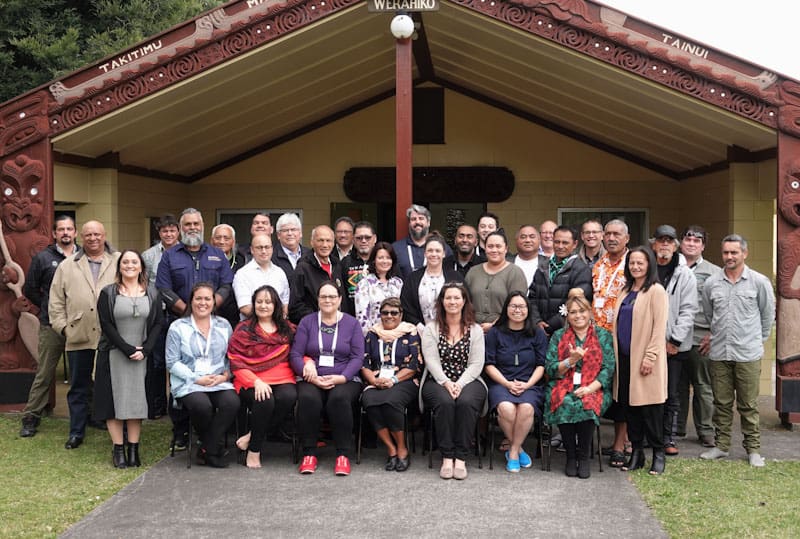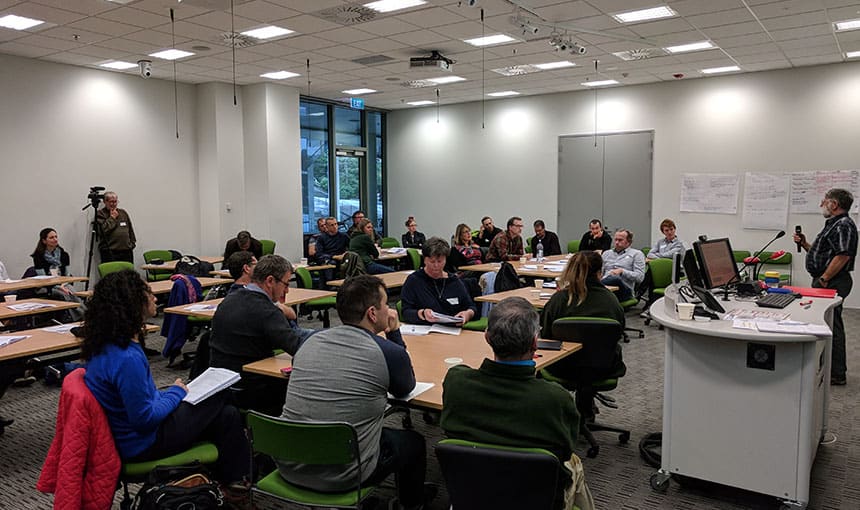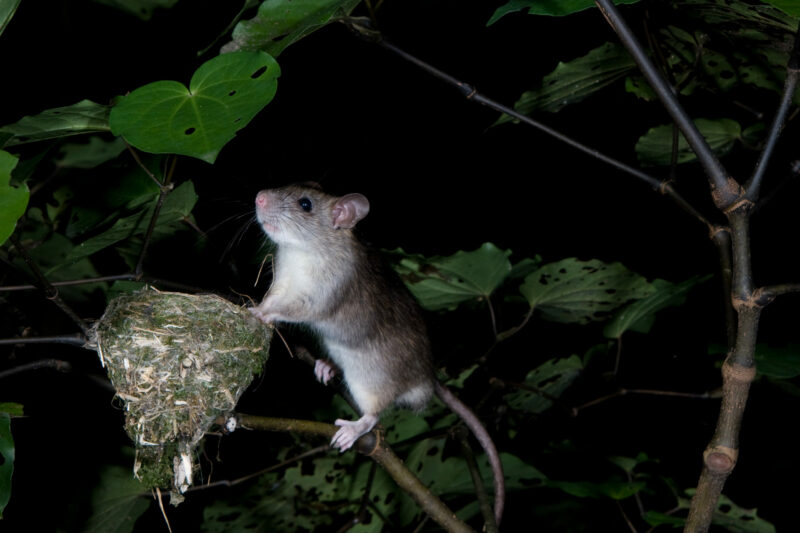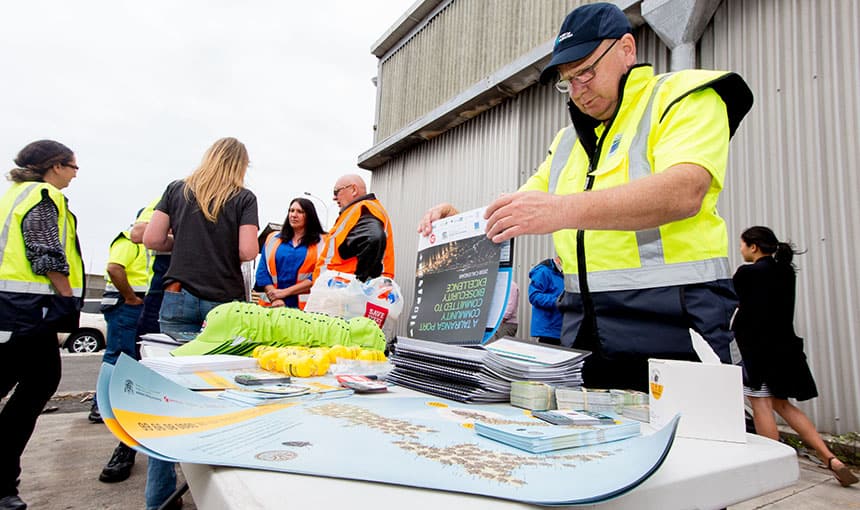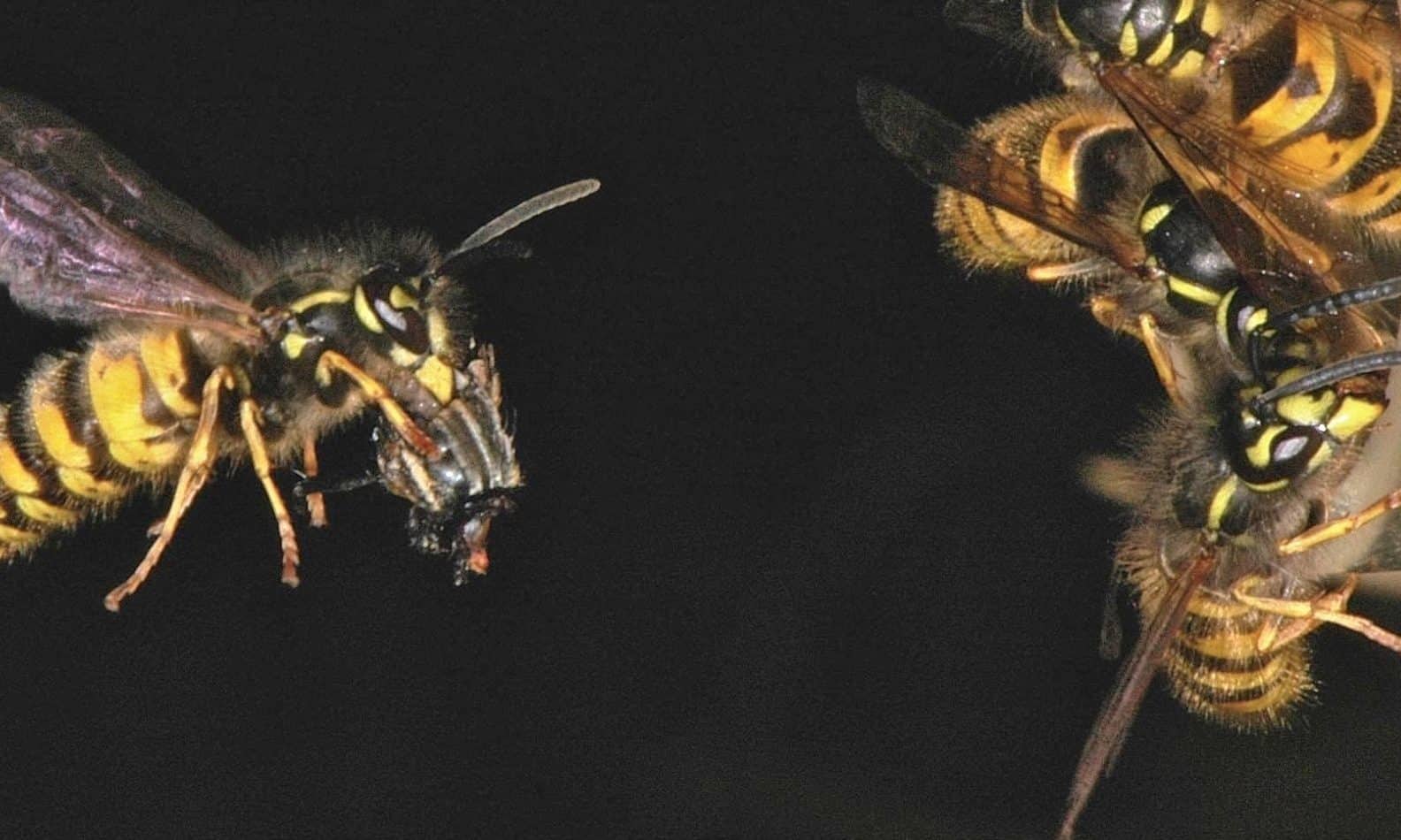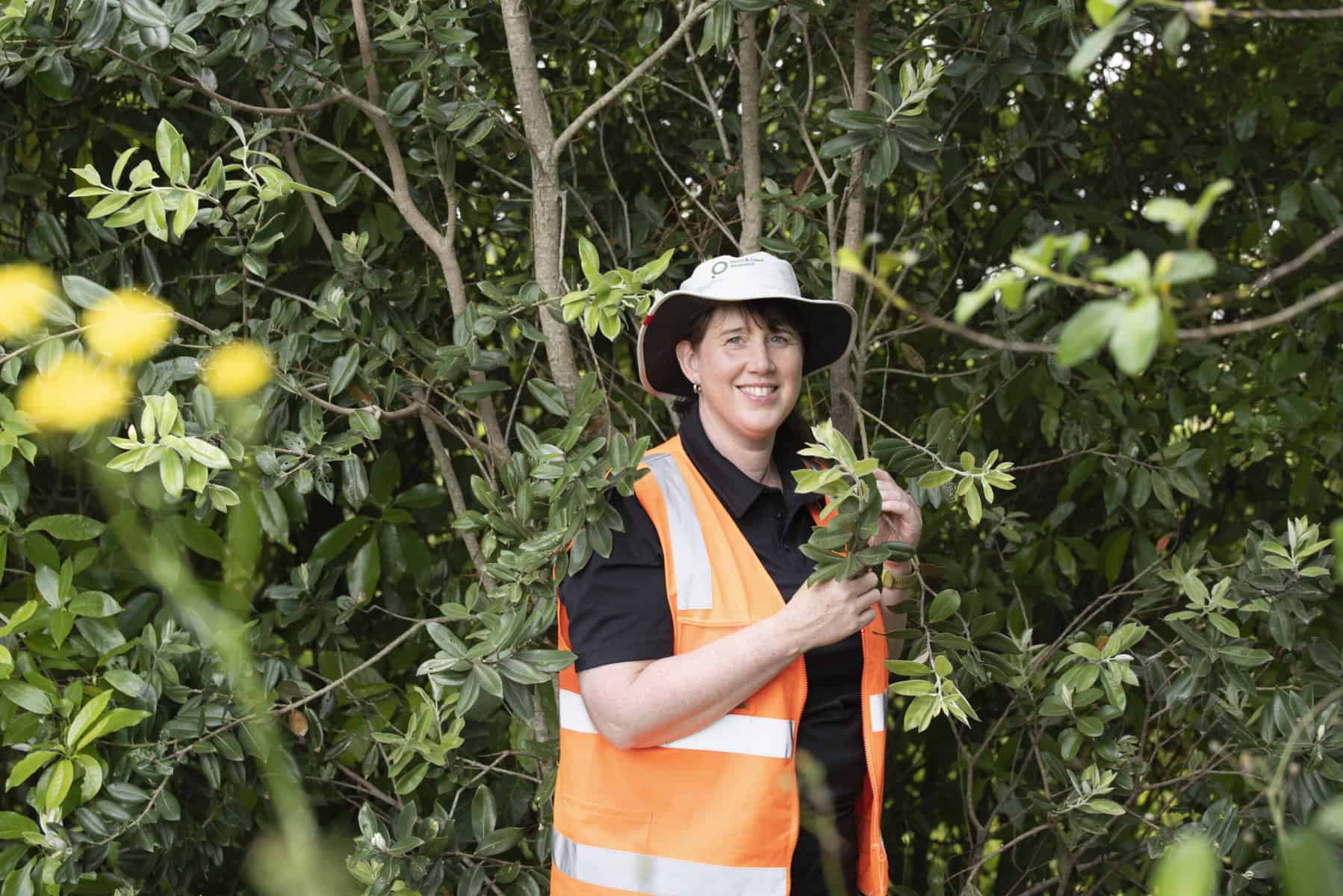Collective action to eradicate rats and mustelids from a large, peopled landscape: A social-ecological approach
The control or eradication of introduced mammalian predators is one of the most urgent tasks for conserving native wildlife in Aotearoa New Zealand (Elliot et…
